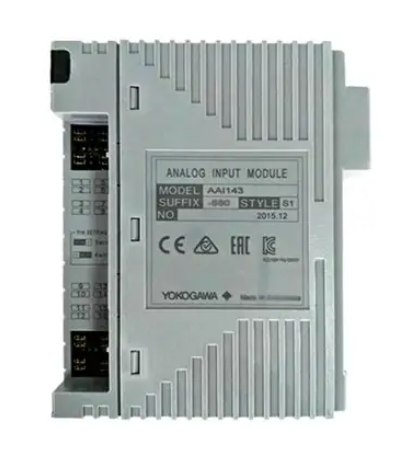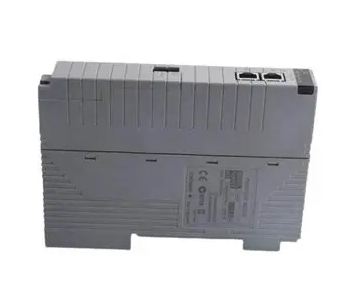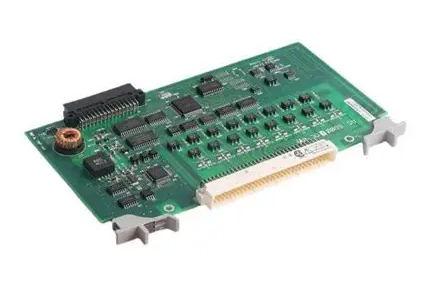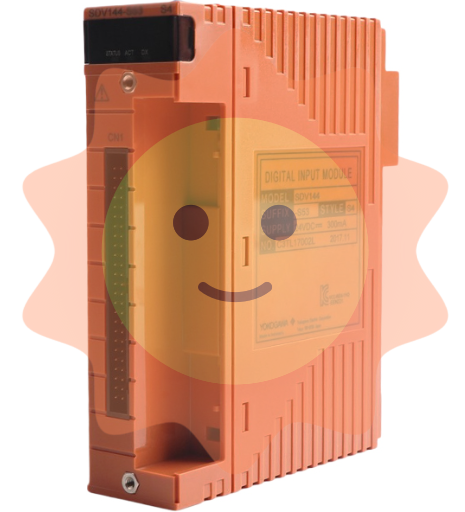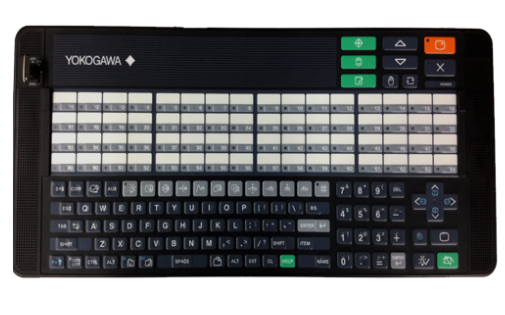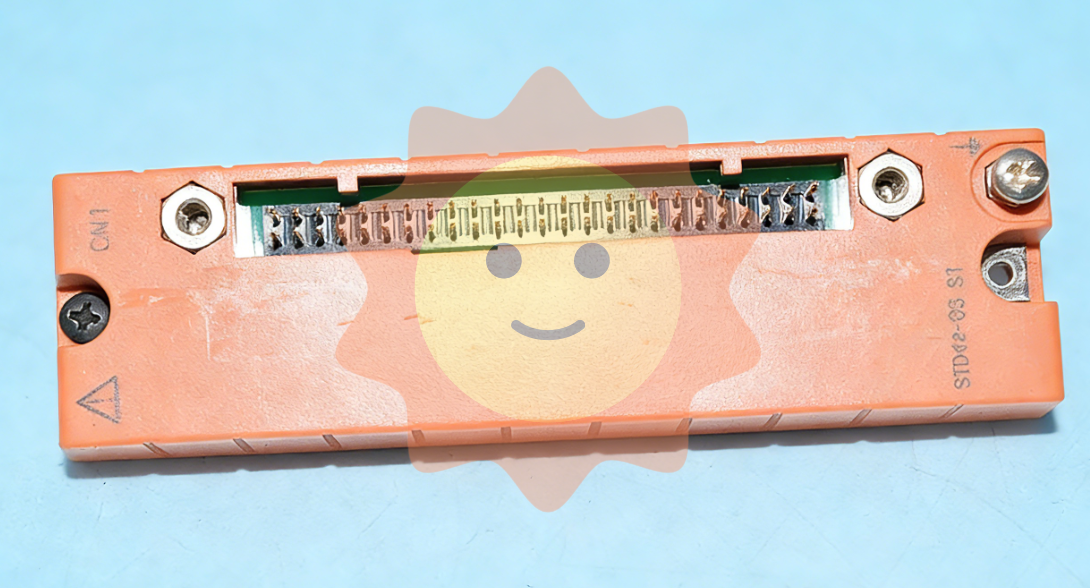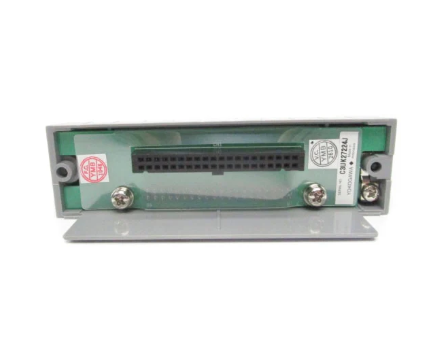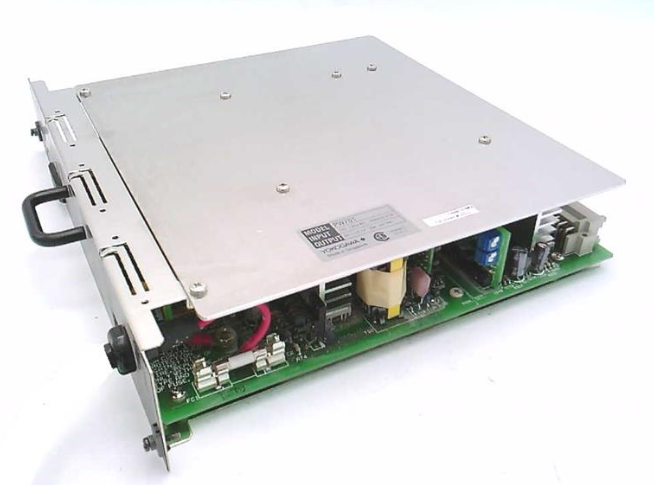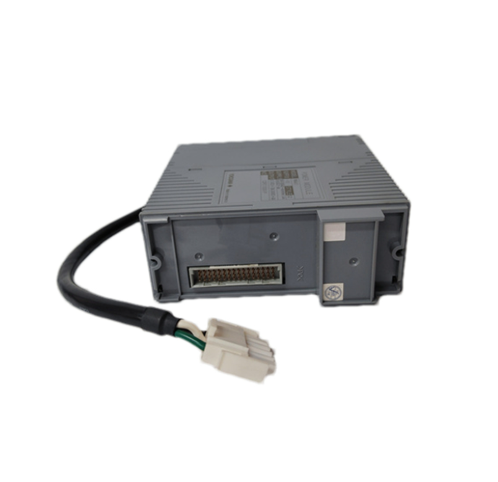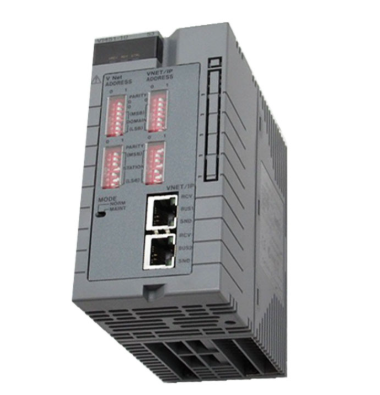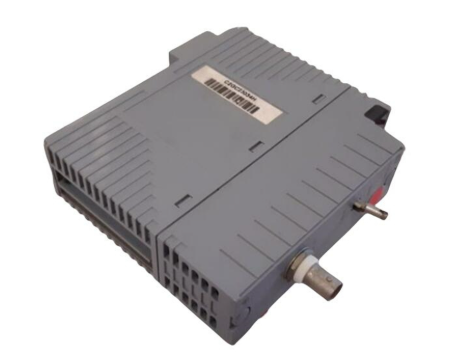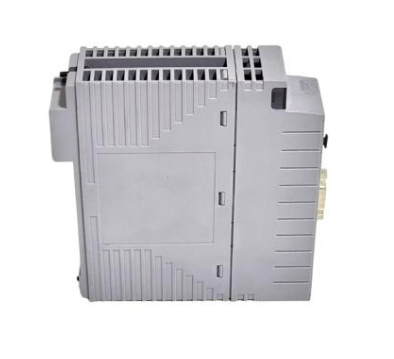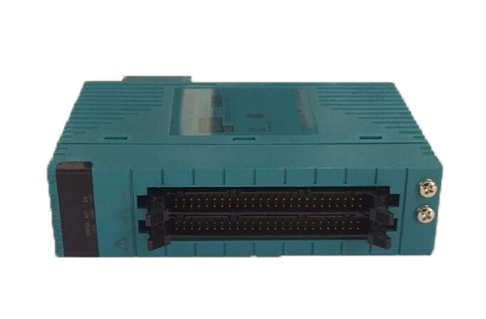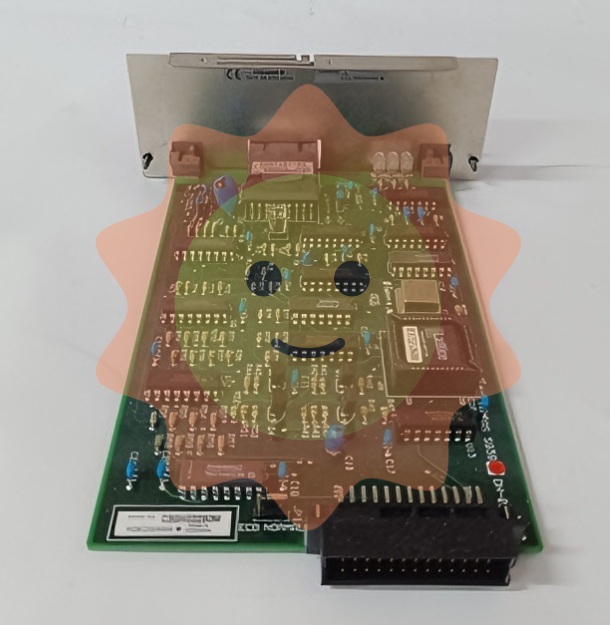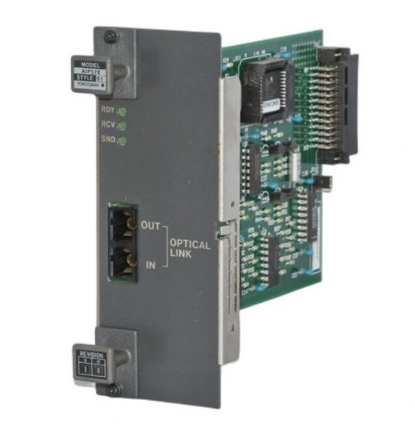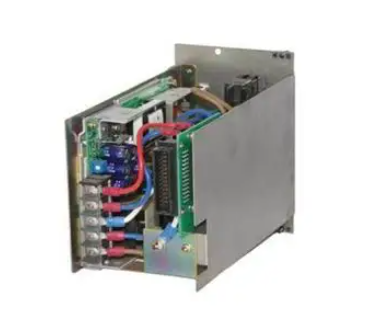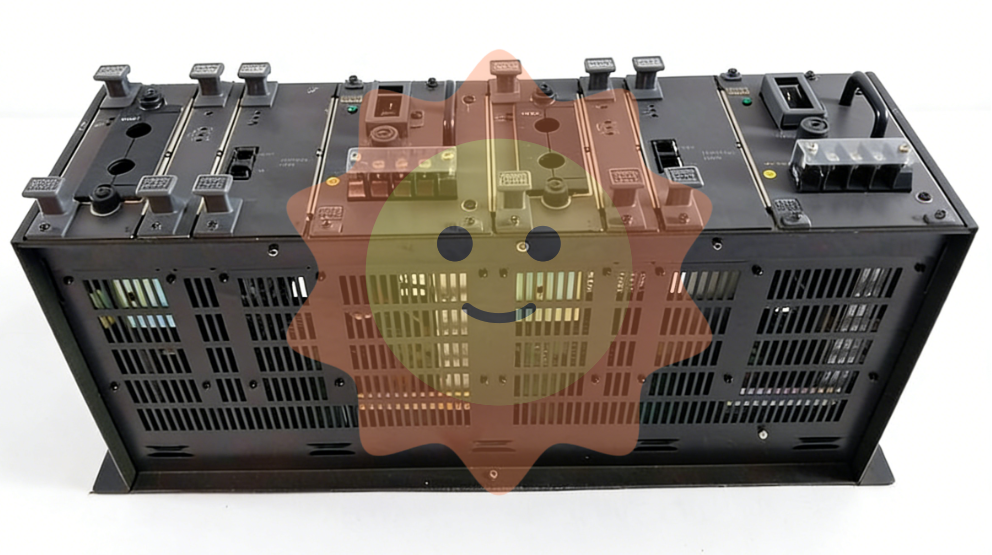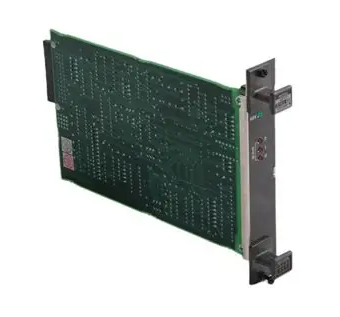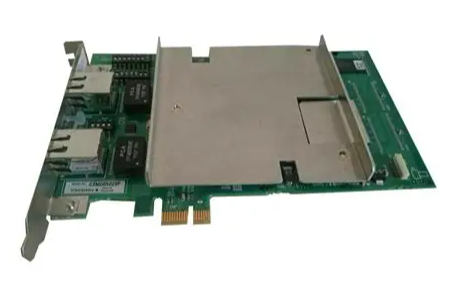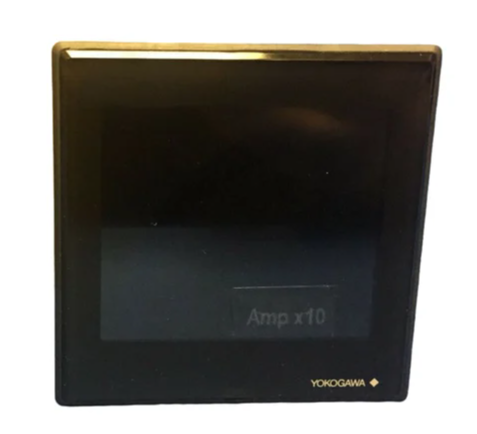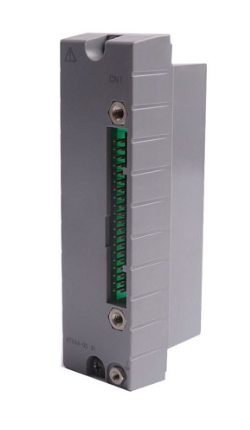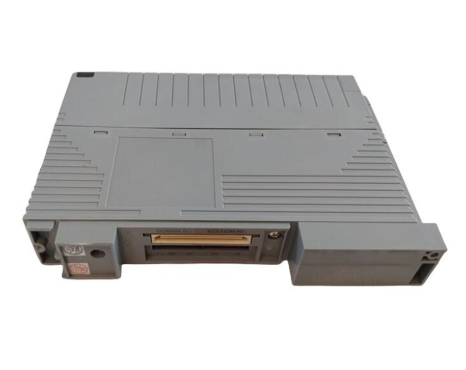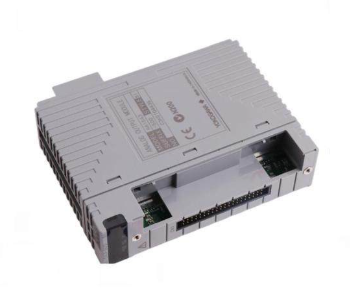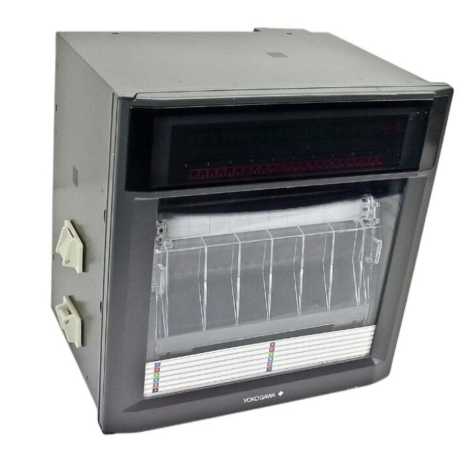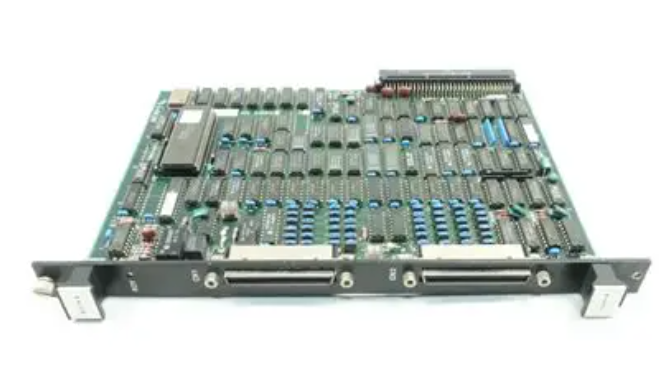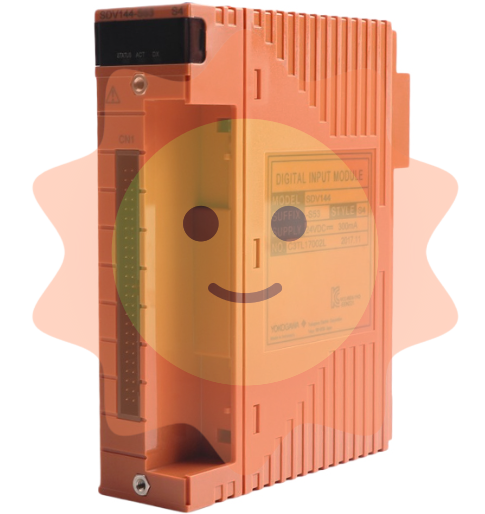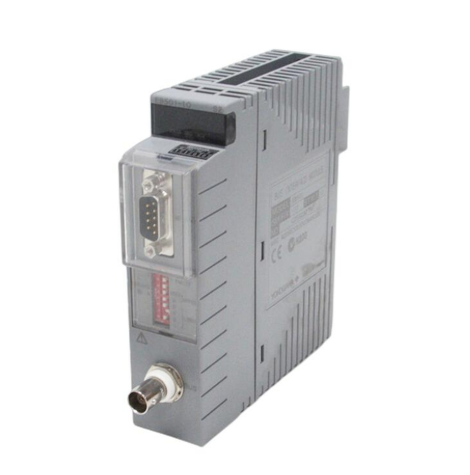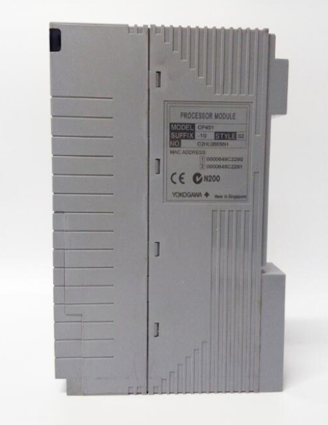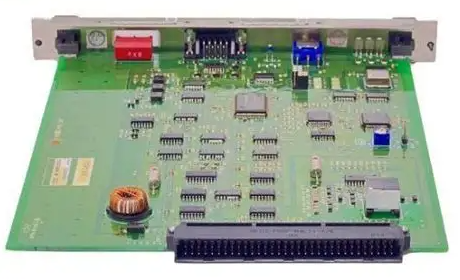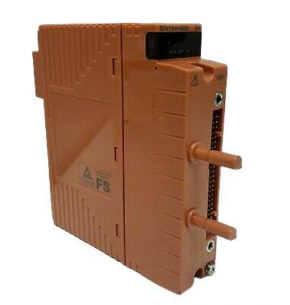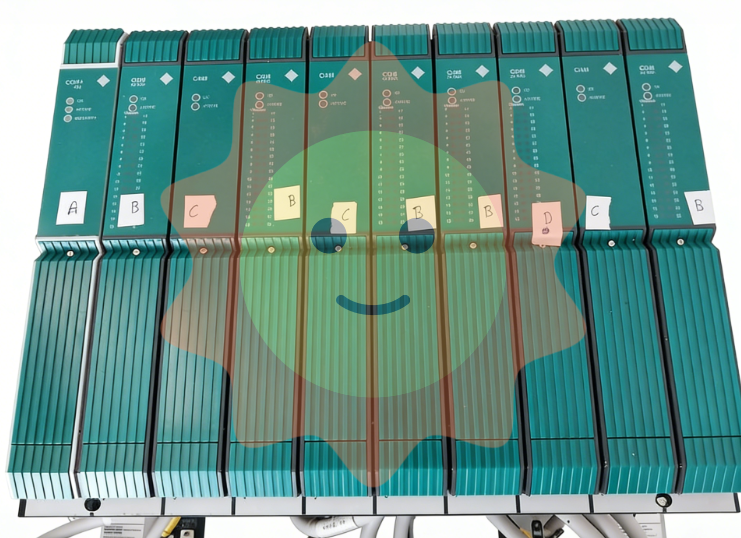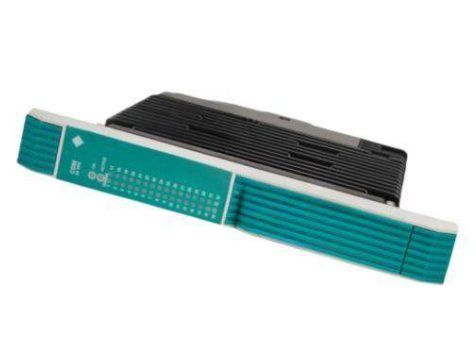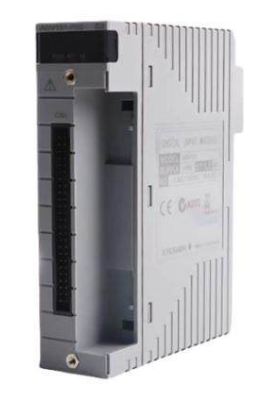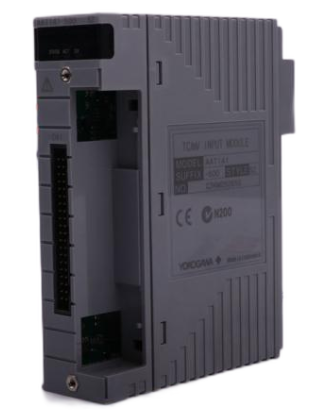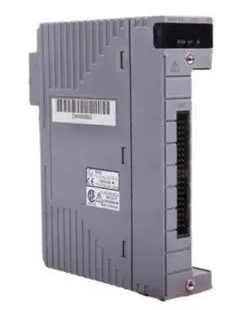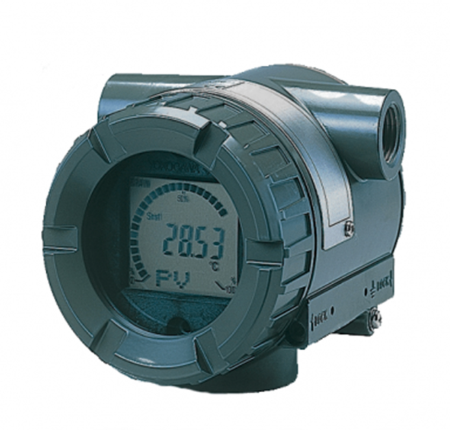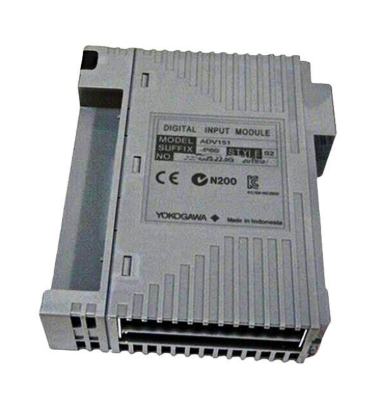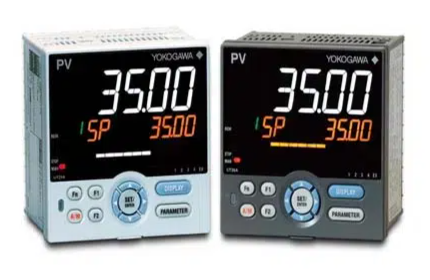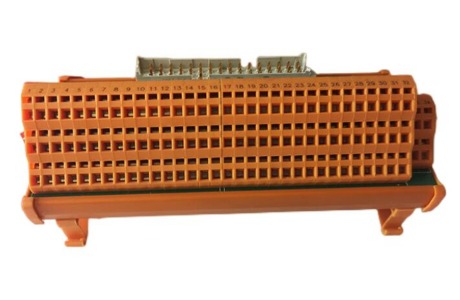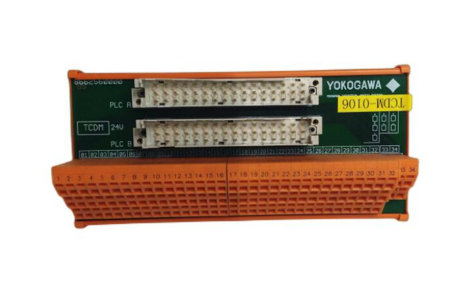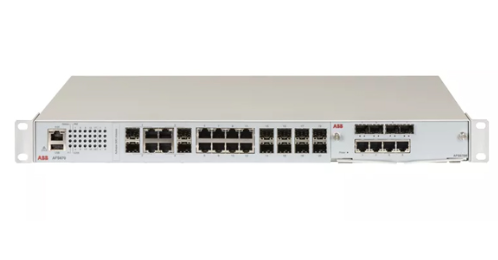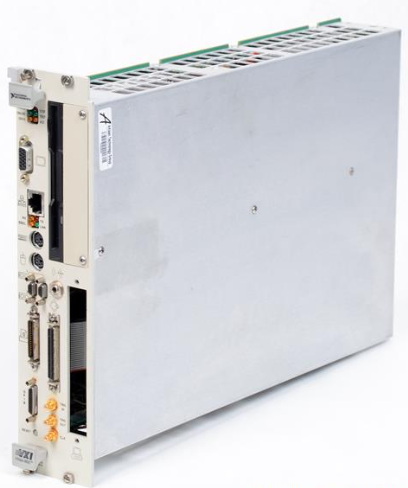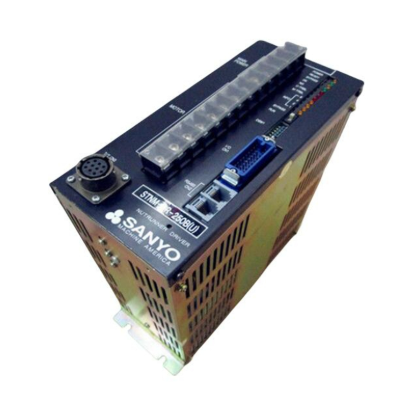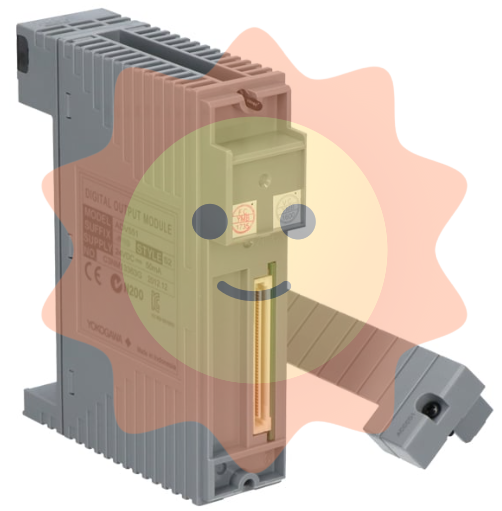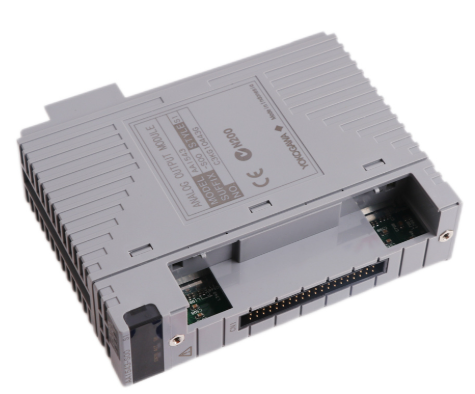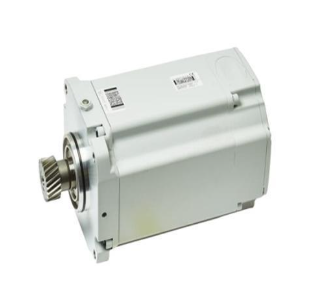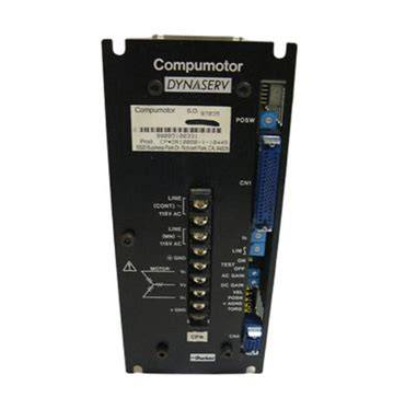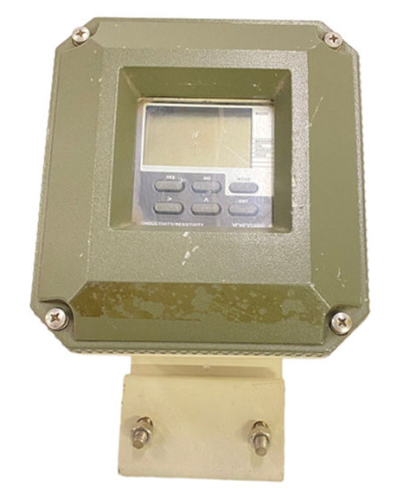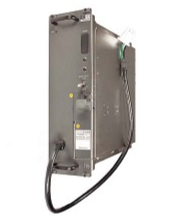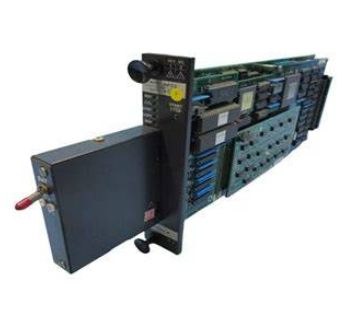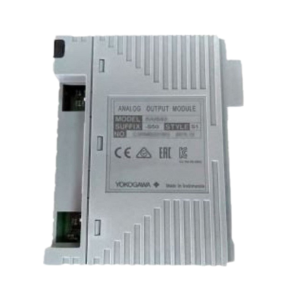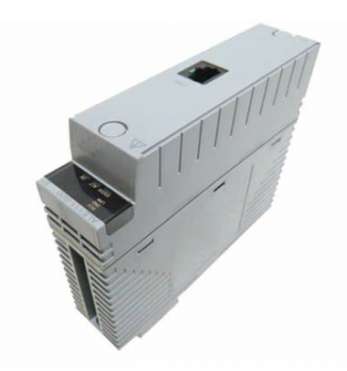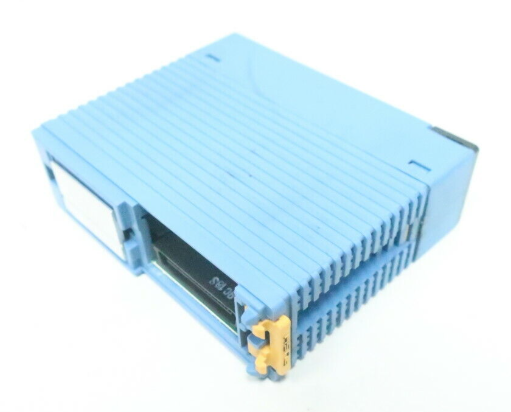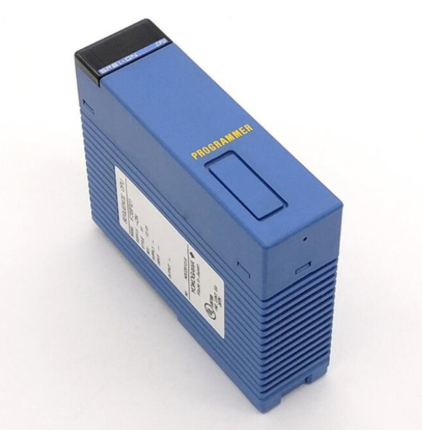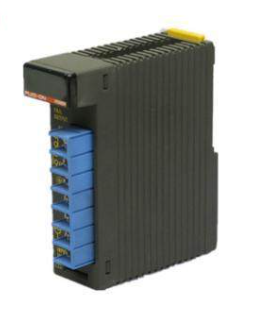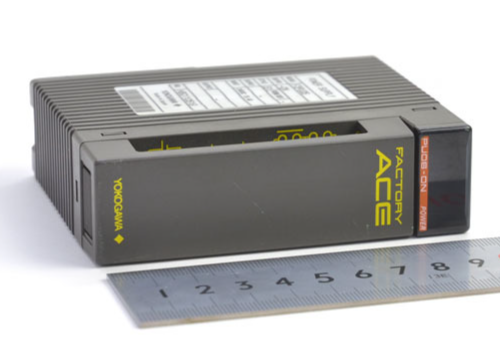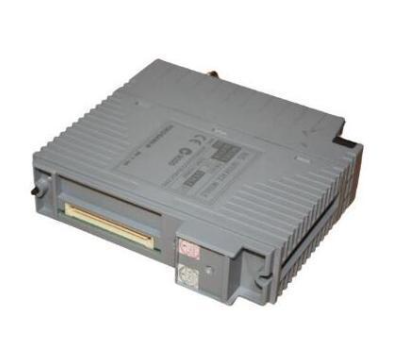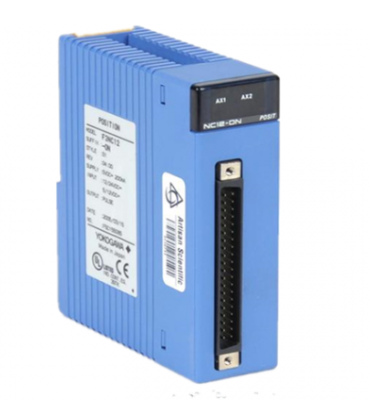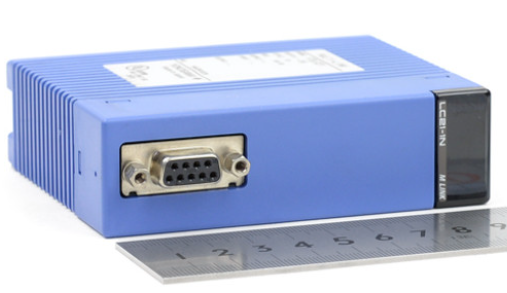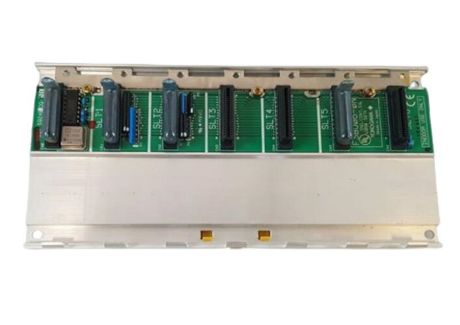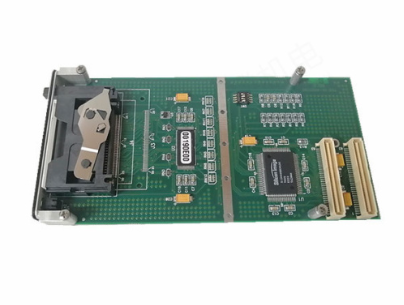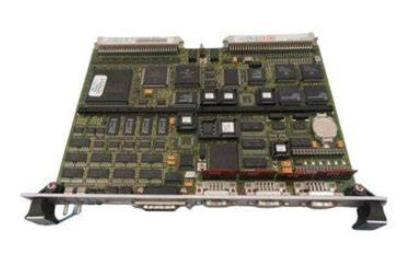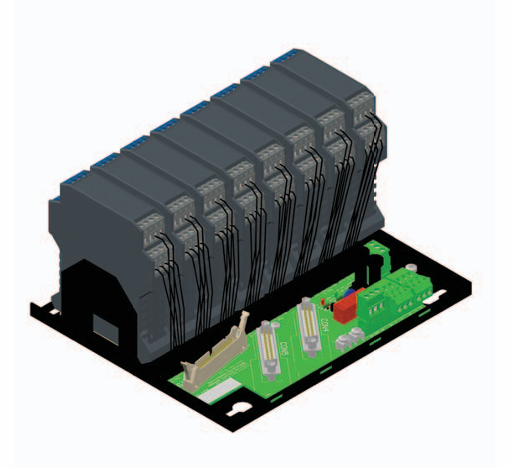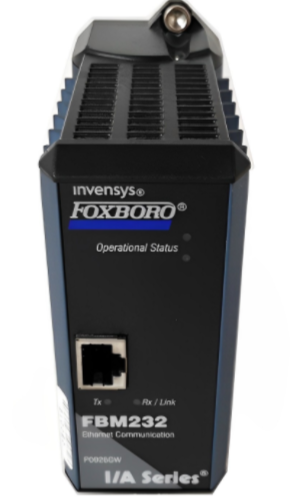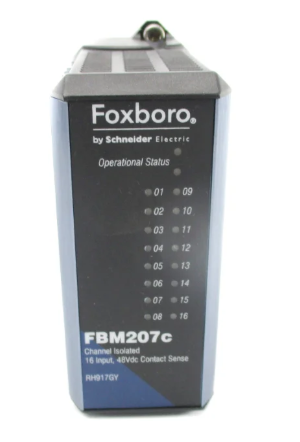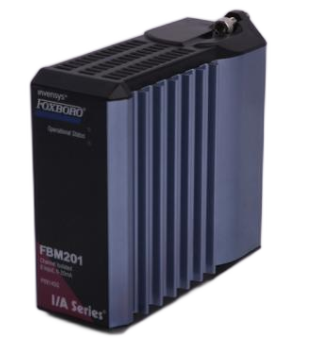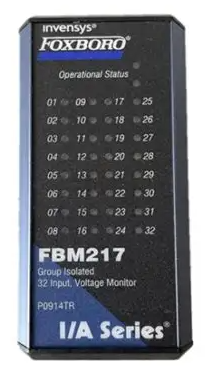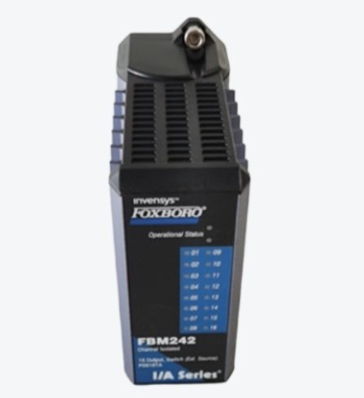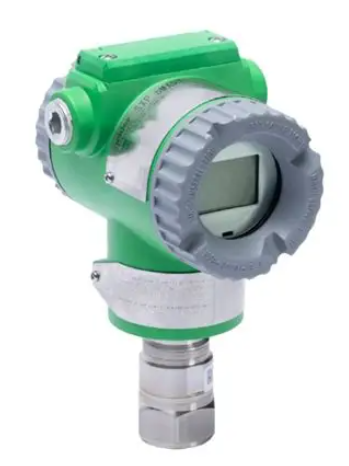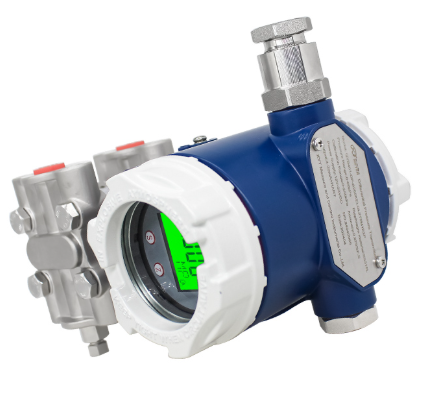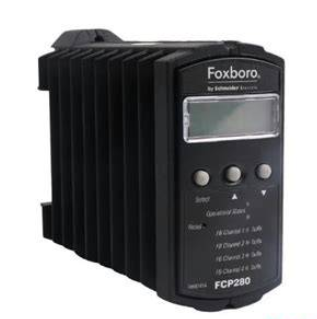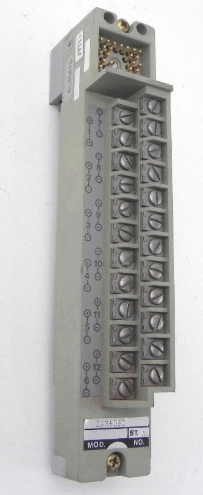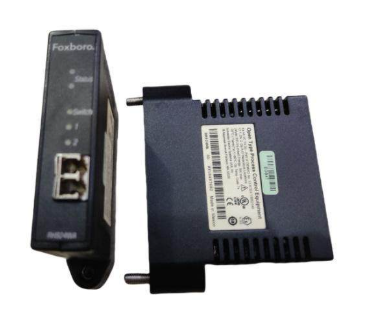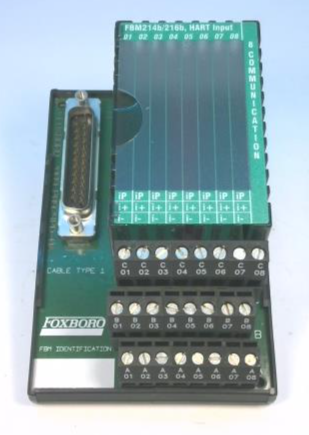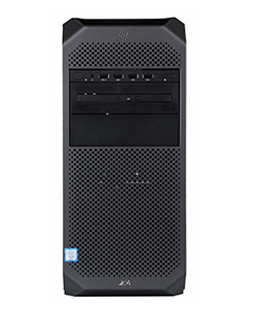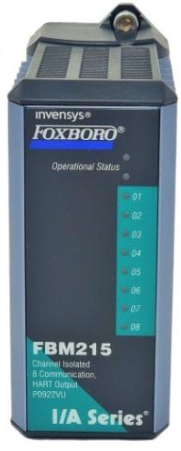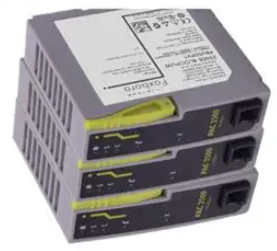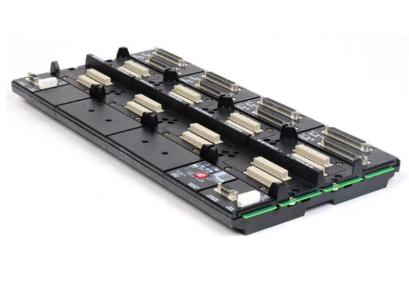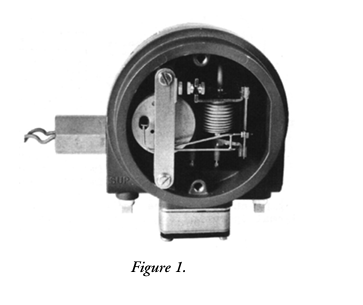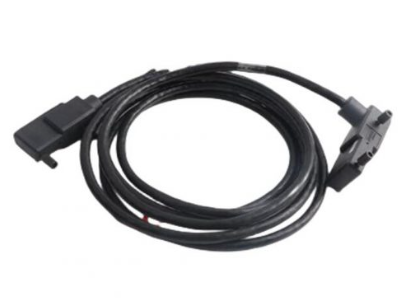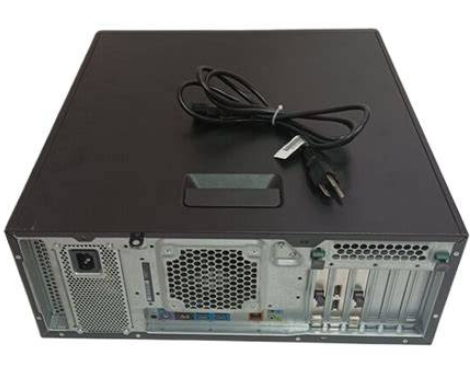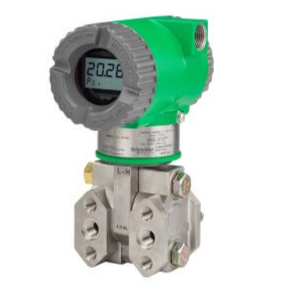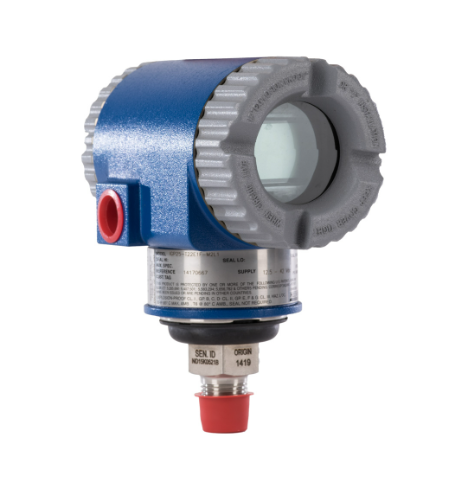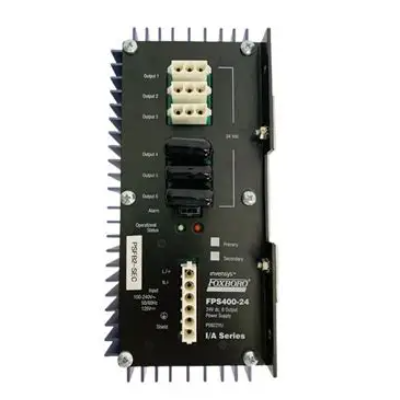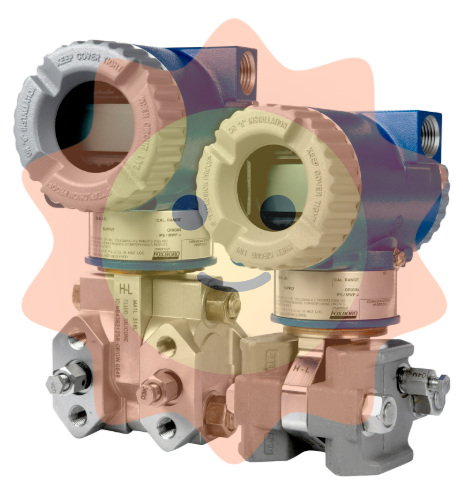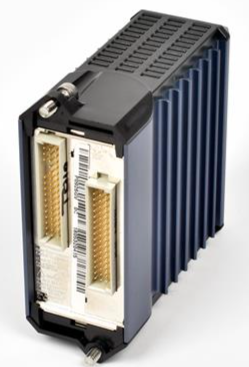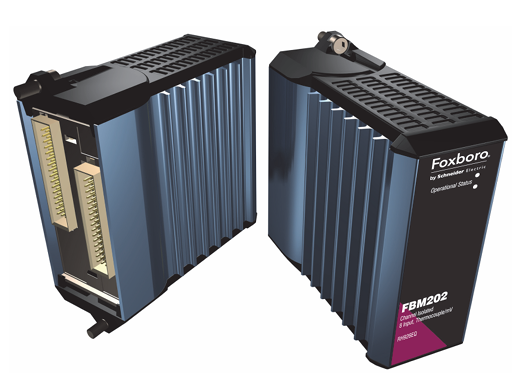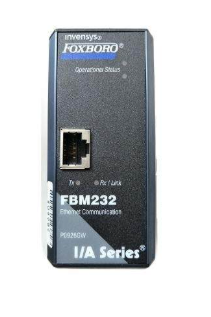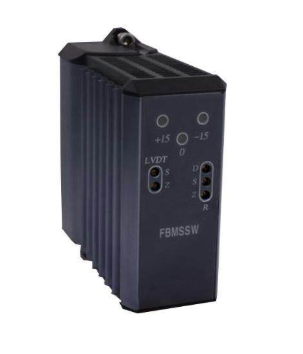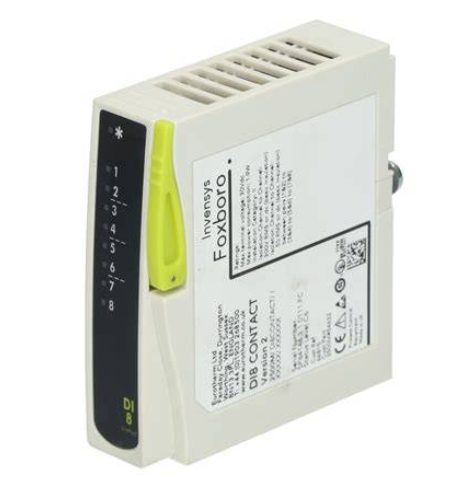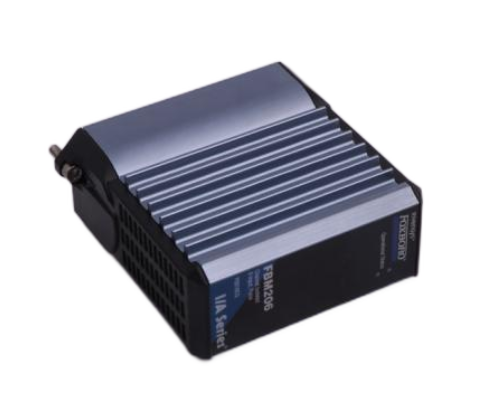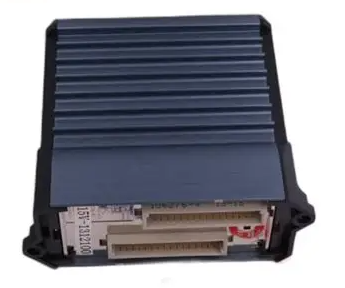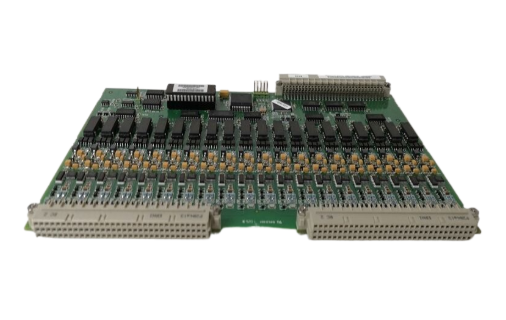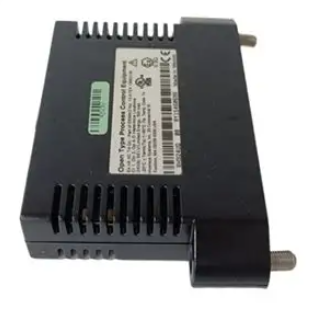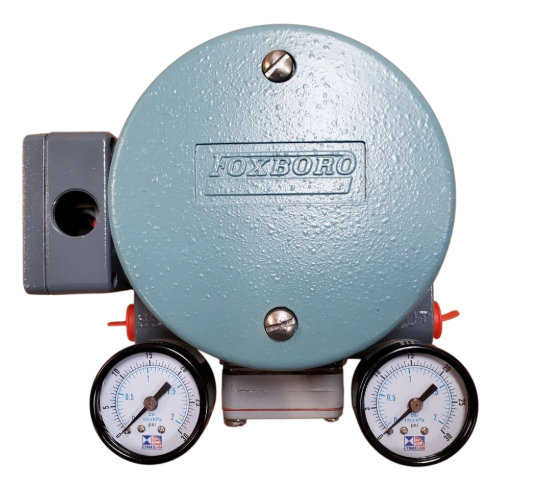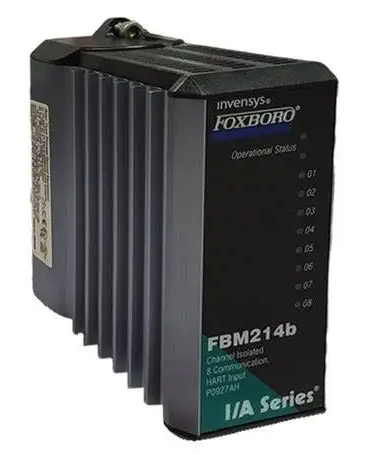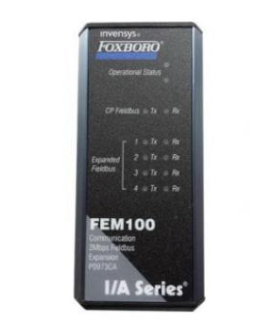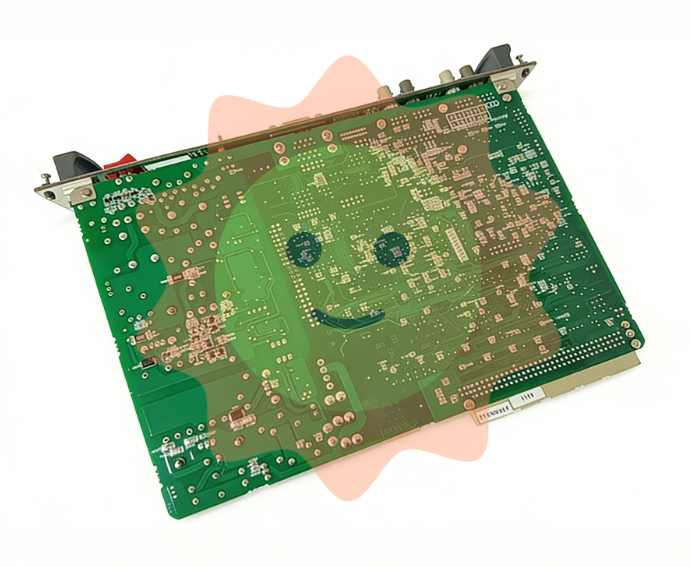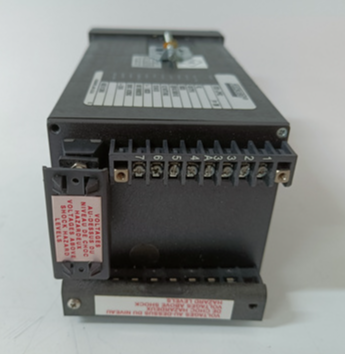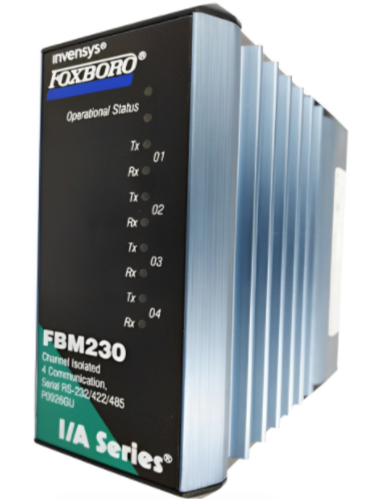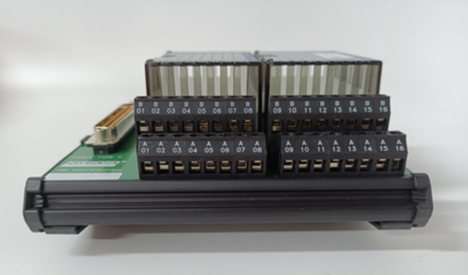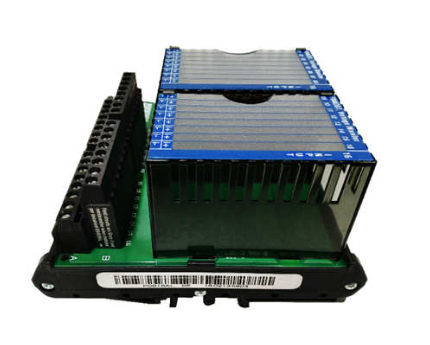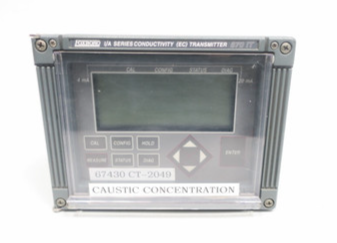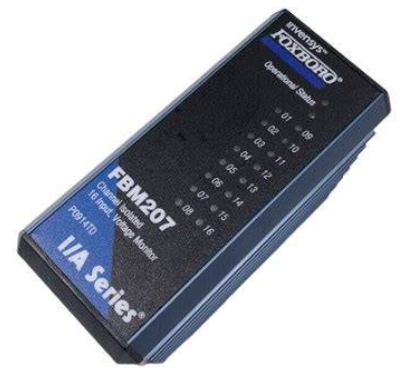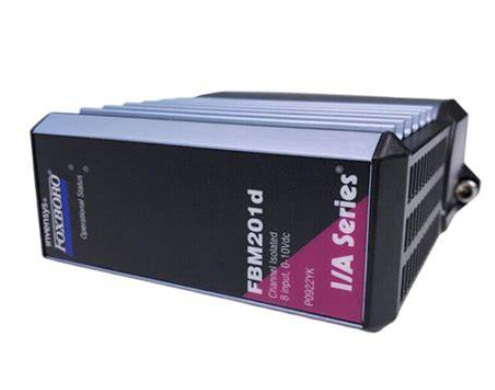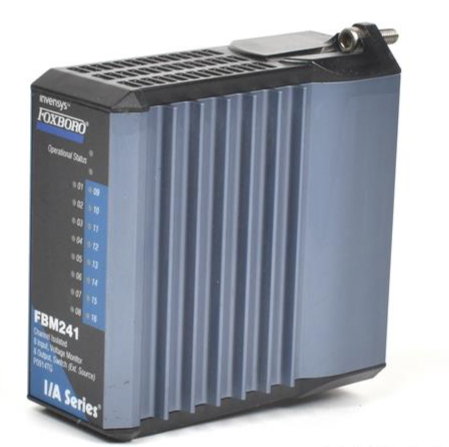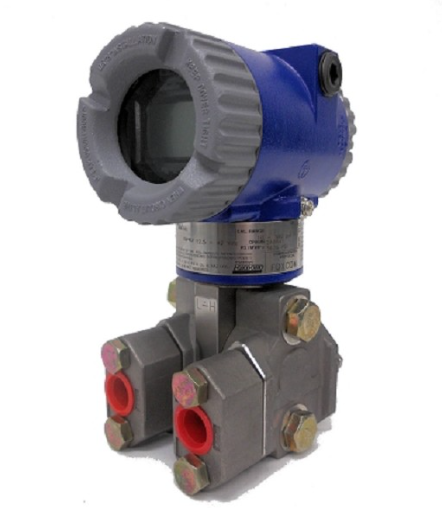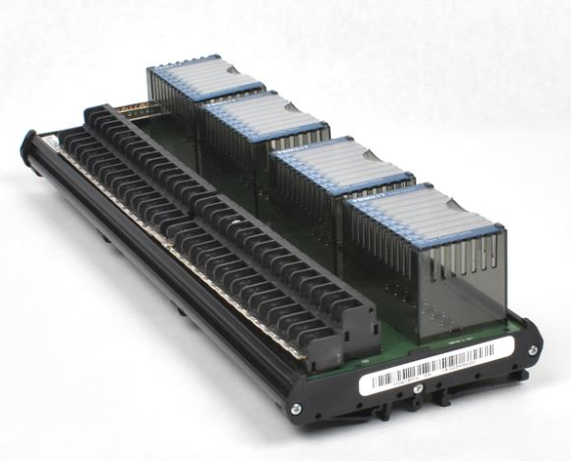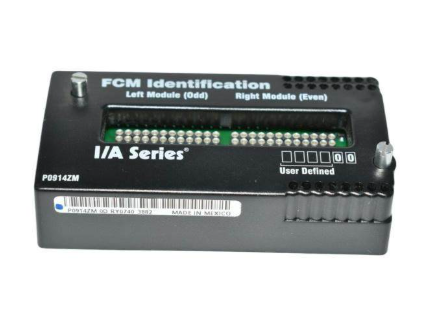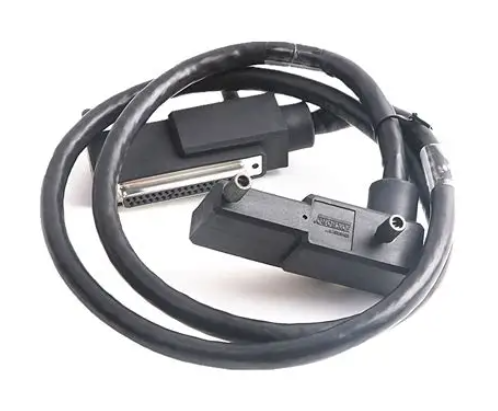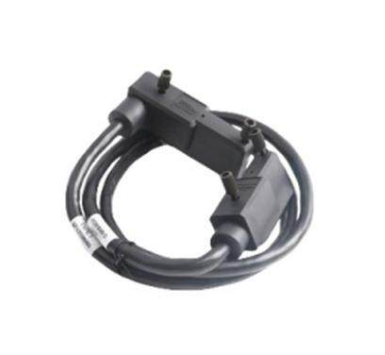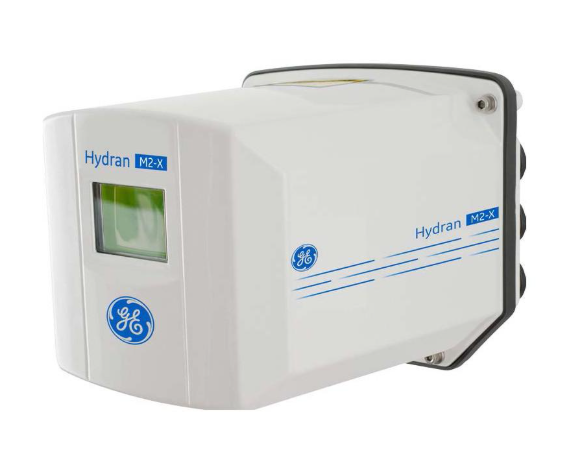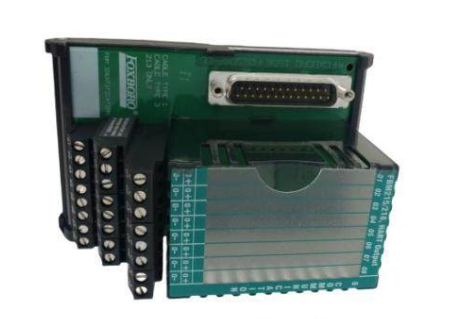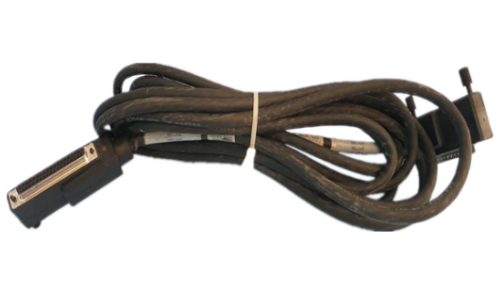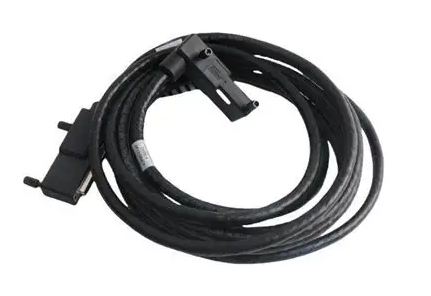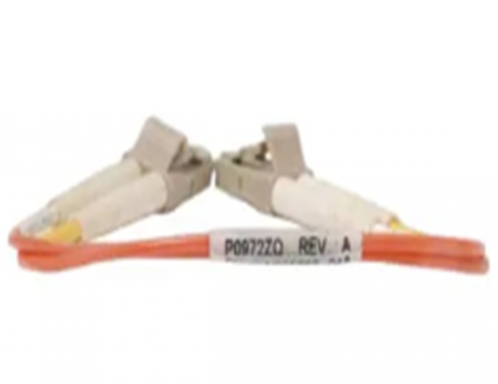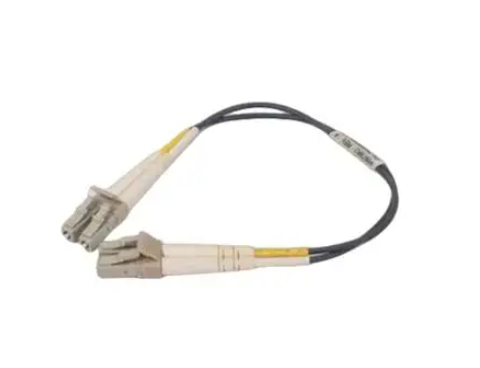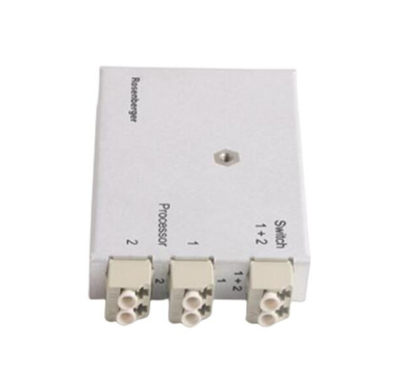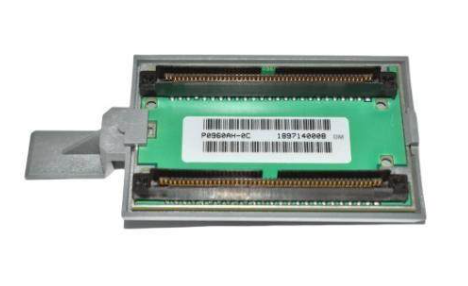ABB 5SHX10H6004 Control Signal Processing Module
ABB 5SHX10H6004 Control Signal Processing Module
Product Overview
The ABB 5SHX10H6004 control signal processing module is a core component designed specifically for industrial automation and power system fields, mainly used for precise processing and conversion of various complex control signals. In industrial automation processes, sensors generate a large number of signals of different types and characteristics, such as analog signals, digital signals, etc. This module can quickly collect, filter, amplify, and convert these signals into standard signal formats that can be recognized and utilized by the control system, thereby ensuring the stable operation of the automation system. In the power system, it can be used to analyze and process signals related to the operation status of the power grid, assist in the monitoring and control of the power system, and ensure the reliability and safety of power supply.
Specification parameters
Input signal type: Supports analog signal input, with a typical voltage range of -10V to+10V and a current range of 4mA to 20mA. It is compatible with the output signals of various common sensors; Simultaneously supporting digital signal input, it can recognize standard TTL/CMOS level signals and adapt to signal output of different logic circuits.
Signal processing accuracy: For analog signal processing, it has an analog-to-digital conversion accuracy of 16 bits or even higher, ensuring that even small changes in the signal conversion process can be accurately captured, effectively reducing signal distortion; In terms of digital signal processing, it can achieve nanosecond level signal response and processing, meeting the stringent requirements for high-speed signal processing.
Processing speed: With a high-speed processor core, it can perform millions of signal processing operations per second, quickly analyze and convert input signals, and adapt to applications with high real-time requirements in industrial automation and power systems, such as fast speed control of motors, rapid detection and response of power system faults, etc.
Communication interface: equipped with multiple standard communication interfaces, such as RS-485 interface, supporting half duplex communication mode, with a communication distance of over kilometers, suitable for long-distance, multi node industrial field communication; The Ethernet interface supports TCP/IP protocol, which enables high-speed and stable data transmission, facilitates data interaction with the upper computer or other intelligent devices, and facilitates remote monitoring and system integration.
Working temperature range: Designed to adapt to a wide range of working environment temperatures, generally from -20 ℃ to 70 ℃, it can maintain stable working performance in common high and low temperature environments in industrial production, ensuring reliable operation in different regions and working conditions.
Power supply voltage: Supports 24V DC power supply, with good power adaptability, allowing the power supply voltage to fluctuate within a certain range (such as ± 10%) without affecting the normal operation of the module. At the same time, it has complete power filtering and overvoltage/overcurrent protection functions to ensure the safe operation of the module in complex power environments.
Core functions
Signal acquisition and conditioning: capable of simultaneously acquiring multiple analog and digital signals, filtering and processing the collected analog signals to remove noise interference, and amplifying the signals appropriately through amplifiers to achieve a suitable level range for analog-to-digital conversion; For digital signals, level matching and anti-interference processing are performed to ensure the integrity and accuracy of the signal.
Analog to Digital Conversion: Built in high-performance analog-to-digital converters (ADCs) and digital to analog converters (DACs). ADC can accurately convert analog signals into digital signals, facilitating subsequent digital signal processing and analysis; DAC can convert digital signals into analog signals for driving actuators that require analog control signals, such as motor speed controllers, valve controllers, etc., to achieve precise control of industrial equipment.
Signal analysis and processing: Using advanced digital signal processing algorithms to analyze the collected signals, such as spectral analysis, time-domain analysis, etc. Through spectrum analysis, harmonic components in the signal can be identified to determine whether there are abnormalities in the power system; Time domain analysis can be used to monitor the changing trends of equipment operation status, such as motor speed fluctuations, equipment vibration, etc., providing a basis for equipment fault diagnosis and preventive maintenance.
Communication and data transmission: Through its rich communication interfaces, the processed signal data is packaged and sent to the upper computer or other devices according to specific communication protocols, while also receiving control instructions from the upper computer, achieving remote control and data exchange. In industrial automation production lines, it can work in conjunction with programmable logic controllers (PLCs), distributed control systems (DCS), etc. to build a complete automation control system.
- EMERSON
- Honeywell
- CTI
- Rolls-Royce
- General Electric
- Woodward
- Yaskawa
- xYCOM
- Motorola
- Siemens
- Rockwell
- ABB
- B&R
- HIMA
- Construction site
- electricity
- Automobile market
- PLC
- DCS
- Motor drivers
- VSD
- Implications
- cement
- CO2
- CEM
- methane
- Artificial intelligence
- Titanic
- Solar energy
- Hydrogen fuel cell
- Hydrogen and fuel cells
- Hydrogen and oxygen fuel cells
- tyre
- Chemical fiber
- dynamo
- corpuscle
- Pulp and paper
- printing
- fossil
- FANUC
- Food and beverage
- Life science
- Sewage treatment
- Personal care
- electricity
- boats
- infrastructure
- Automobile industry
- metallurgy
- Nuclear power generation
- Geothermal power generation
- Water and wastewater
- Infrastructure construction
- Mine hazard
- steel
- papermaking
- Natural gas industry
- Infrastructure construction
- Power and energy
- Rubber and plastic
- Renewable energy
- pharmacy
- mining
- Plastic industry
- Schneider
- Kongsberg
- NI
- Wind energy
- International petroleum
- International new energy network
- gas
- WATLOW
- ProSoft
- SEW
- wind
- ADVANCED
- Reliance
- YOKOGAWA
- TRICONEX
- FOXBORO
- METSO
- MAN
- Advantest
- ADVANCED
- ALSTOM
- Control Wave
- AB
- AMAT
- STUDER
- KONGSBERG
- MOTOROLA
- DANAHER MOTION
- Bently
- Galil
- EATON
- MOLEX
- Triconex
- DEIF
- B&W
- ZYGO
- Aerotech
- DANFOSS
- KOLLMORGEN
- Beijer
- Endress+Hauser
- MOOG
- KB
- Moxa
- Rexroth
- YAMAHA
- Johnson
- Westinghouse
- WAGO
- TOSHIBA
- TEKTRONIX
- BENDER
- BMCM
- SMC


Email:wang@kongjiangauto.com

